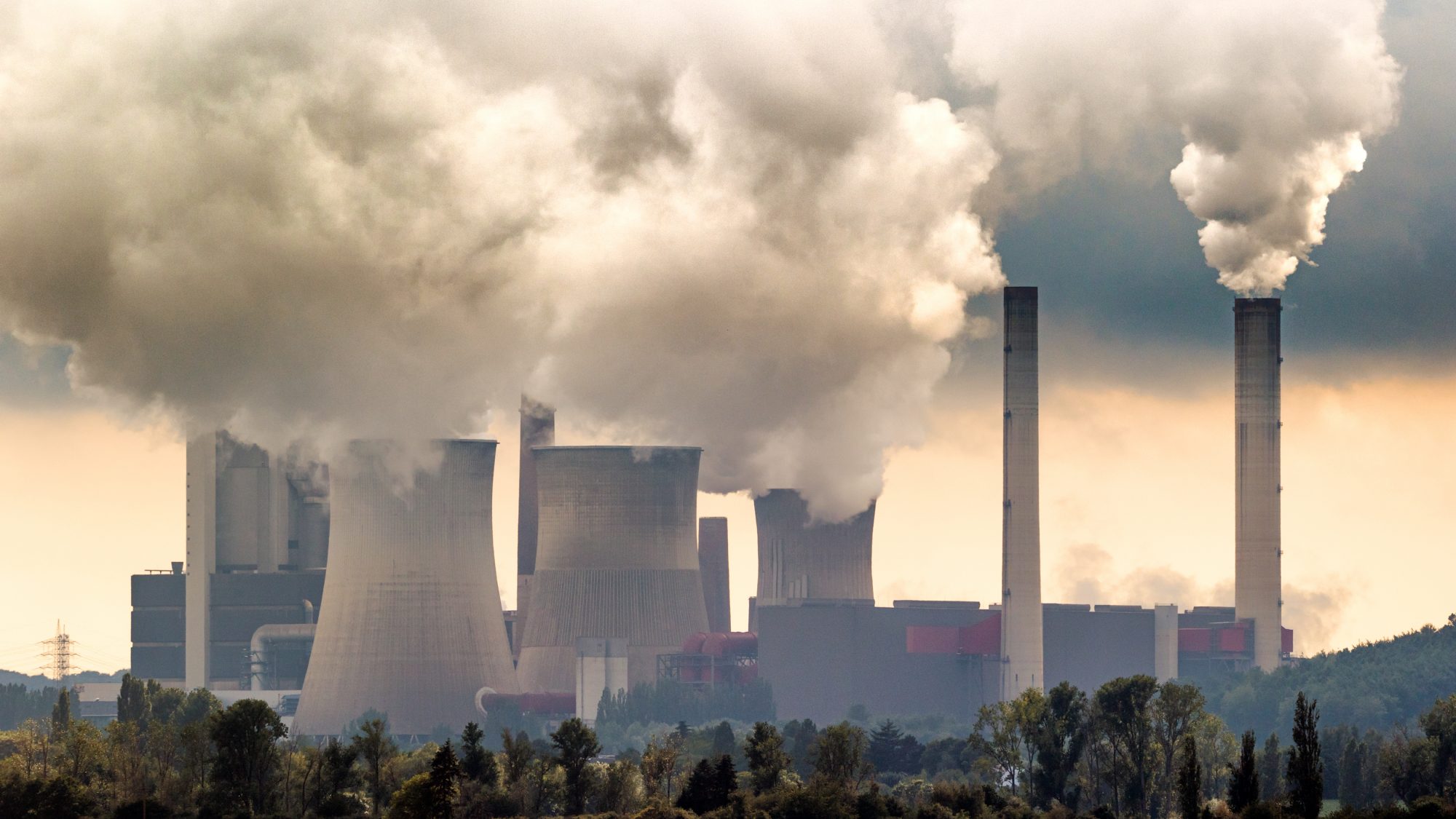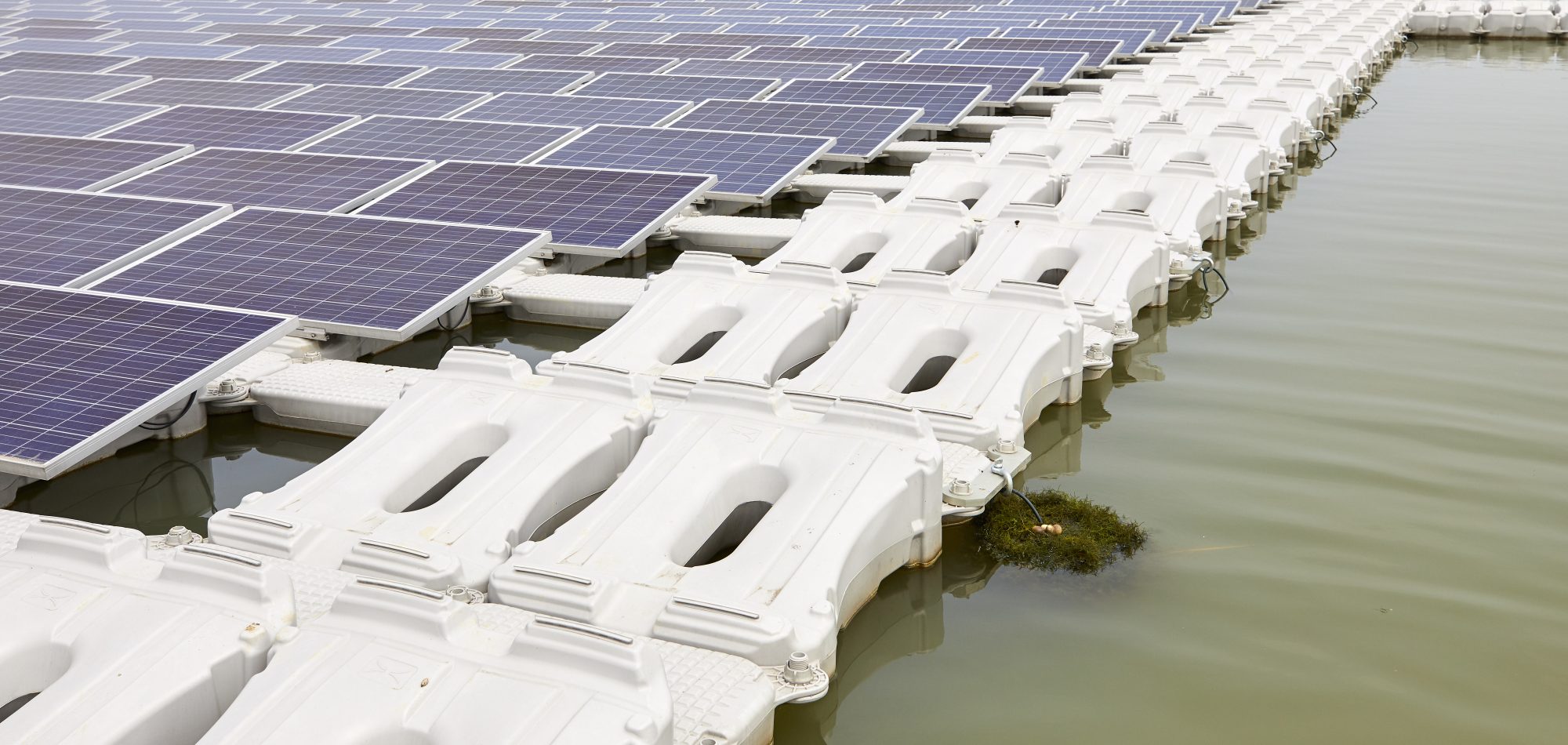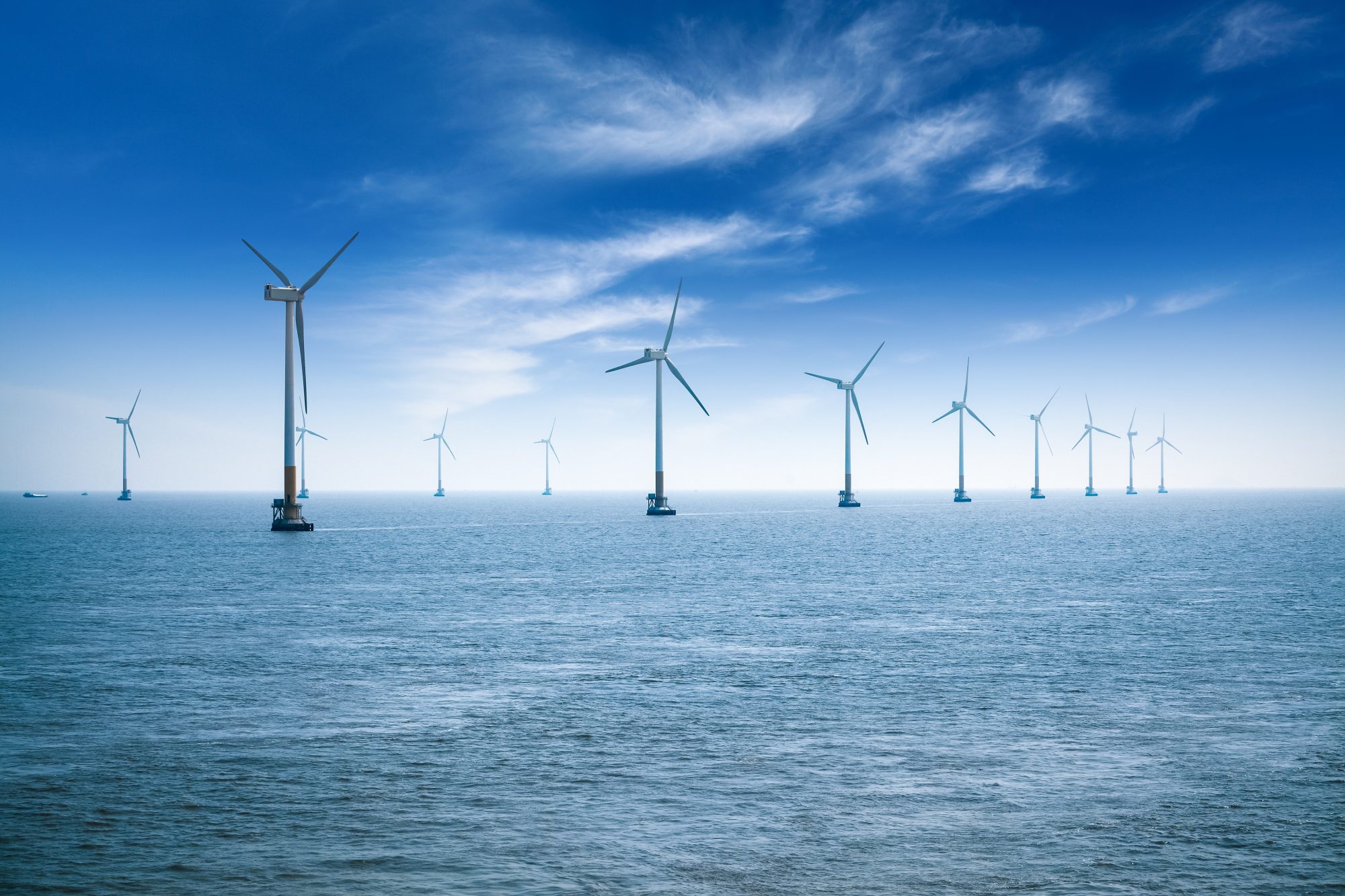China’s fidgety way from coal to renewable energy
China has some of the world’s most dangerous air pollution caused by the heavy dependency on coal as energy supply. As some reports indicate that the toxic air has contributed to premature birth, breathing problems and cancer. What is China doing to replace the coal? Besides, what kind of energy future is China aiming at?
Quitting coal is a tremendously difficult task for China, a country with a population of nearly 1,4 billion, consequently the world’s largest energy consumer with a notorious dependency on coal as the main energy supply. However, China is determined to cut its coal use and is now already the world’s leader in renewable energy. It is entering a new phase of its economy and energy development, shifting from heavy manufacturing and other carbon intensive industries to ambitious investments in clean energy projects.
As the world’s largest energy user and with one of the most energy-intensive economies in the world, China’s energy supply is no longer a national but international matter. Along this aspect, the timescales of the Paris Agreement for fighting climate change has also put pressure on China’s move on to renewable energy. Considering this, China is indeed in a unique position to shape the international debate around renewable energy. The country has also shown its determination in implementing new measures:
China prohibited new coal-fired power plants in the country’s most polluted regions, including the Beijing area. Existing plants were told to reduce their emissions. The coal was replaced with natural gas. Large cities, including Beijing, Shanghai and Guangzhou, restricted the number of cars on the road. The country also reduced its iron- and steel-making capacity and shut down coal mines. [1]
Implementing all these measures could also lead to fatal consequences. In summer 2017, The Ministry of Environmental Protection of China released a 143-page “battle plan” that included replacing the coal boilers which were used for winter heating in many homes and businesses, even though replacements with natural gas were not yet available everywhere.
Towards the end of 2017, just when the coldest months were approaching, the burning of coal was outlawed in a number of areas surrounding Beijing, with threats of fines and other punishments for the offenders.
Surely, if a freeze on burning coal was put, for those who can afford natural gas to keep their houses warm, this might be equitable with a mask-free winter and with saying bye to the throat-scraping pollution. However, for those who could not afford the natural gas, which was and still is the majority of the Chinese population, periods of outlined coals meant shivering in the cold.
The ban was not only for private households, but also for companies and public institutions such as hospitals or schools. The result of this was a broad public uproar as it led to severe natural gas shortage, freezing families and health problems for patients in hospitals. The outcry made its presence in Chinese social media, while the government took a political reversal and abandoned some of the restrictions, allowing, for example, some places such as hospitals to use coal again.
This setback showed Chinas move towards environmentalism is a fidgety one, and that turning from a coal-depending into a country which is mainly relying on renewable energy, takes more than just restrictions. At the same time, energy demand is soaring and is expected to double between 2015 and 2025. The housing and transportation sectors are the main drivers for this demand and the expected rate of growth on both sectors requires sturdy investments in renewable energy supply.
The following examples show how China has managed to put vast renewable energy installations into operation to feed the need of the country, some of these projects impress with its scale and output.
Brown coal power plant emission

Megaproject: a giant floating solar farm on top of a former coal mine in Anhui
To showcase its commitment to renewable energy, China has installed the world’s largest floating solar farm in the northwest of Anhui, a province located in the east region of the country. The solar farm sits on the top of a collapsed and flooded coal mine. China Three Gorges Corporation, a state-owned power company is conducting the 1-billion-yuan project.
The plant, consisting of 166 000 glistening panels, will become the world’s biggest floating solar farm and will have an installed capacity of 150 megawatts. When it is completed in May 2018, it should be able to power almost 94 000 homes.
Floating solar technology is not new as it has been used in other countries such as in Japan, the U.K. and Israel. However, China’s application of solar panels wins on scale, not only because they have myriad benefits:
Lower temperatures simply by being on water boosts efficiency by up to 10%, the lack of surrounding dust and dirt means panels stay clean longer, using the below water to clean panels is easy and minimizes waste. If Installed on a drinking-water reservoir, the solar panels actually reduce deleterious evaporation and expanse of water are underutilized and thus cheap.[2]
Floating solar panels on the water

Panda Solar Station: Innovations to promote sustainable development
To spur the application and development of renewable energy, Panda Green Energy Group and UNDP (United Nations Development Program) launched the promotion program of panda-shaped solar plants in 2016.
Being the symbol of China’s national treasure, the giant pandas have also become the inspiration for this amazing scaled solar station – the plant was designed in a shape of several giant pandas.
The Panda Power Plant in Datong covers a total area of 248 acres and will be able to produce 3,2 billion kilowatts – hours of solar energy in 25 years. In other words, this capacity of the plant will reduce approximately million tons of coal that would have been used to produce electricity, to be more precise, a total of 2,74 million tons carbon emissions will be eliminated.
Moreover, the Panda Solar Stations will serve as a summer innovation camp for young candidates from all around China. The aim of this kind of camp is to look closer at the sustainable development goals (SDGs) of UNDP. Young people will be offered a deeper understanding of green energies and first-hand experience of environmental protection.
Moreover, the Panda Solar Stations will serve as a summer innovation camp for young candidates from all around China. The aim of this kind of camp is to look closer at the sustainable development goals (SDGs) of UNDP. Young people will be offered a deeper understanding of green energies and first-hand experience of environmental protection.
Donghai Bridge Wind Farm in Shanghai
Located in the administrative waters of Shanghai, the Donghai Bridge Wind Farm is an offshore wind farm which became operative in 2010. The installation is situated some 8-13 km from Nanhuizui coastline in an average water depth of 10 metres. The 102 megawatts offshore wind farm meet the energy needs of more than 200 000 Shanghai households.
For some experts in the field, this project not only marks China’s first step into the offshore wind arena but also the beginning of a new era of China’s growing authority on the global wind power stage by using domestically manufactured machines.
Offshore wind farm in shanghai in the east China sea

Three Gorges Dam
As a gigantic hydropower facility, the Three Gorges Dam stands roughly 180 meters tall and has a length of around 2300 meters. It is located on the Yangtze River, in China’s Hubei Province.
When it is full, the water reaches 175 meters above sea level and 95 meters above river level. The dam houses 632 square kilometers of water and generates about 22500 MW of energy.[3]
Being titled as the world’s largest hydroelectric facility, the Three Gorges Dam not only produces electricity but also controls flooding by storing excess water and helps to regulate the river’s shipping capacity.
The Three Gorges Dam

The other side of the story
Based on all these showcases, there is no doubt that China is making massive investments in renewable energy sector. According to the World Wind Energy Association, the Chinese wind power market is the largest worldwide with a global market share of 52%. It seems, China is doing well to easy the energy consumption and the resultant environmental consequences.
However, there is another important aspect of the eager investment. China is trying to free itself from importing oil from the Middle East, Russia or the coal from Canada or Australia. In a long run, China needs to become independent for energy supply since, as vast as China is, any kinds of dependence on other countries would mean doubtful commitment and insecurities. The latter was particularly crucial to consider for China as it experienced setbacks in the late 1990s. During that time:
China wheedled its way into the capitals of oil-rich states, especially those whose relationships with the US had soured: Iran, Iraq, Sudan, Russia, Venezuela, Ethiopia, Libya and Nigeria. It spent billions of dollars and it came to nothing. China supplied arms and money but got no oil. [4]
For now, it seems that China has found its way to solve the dilemma. President Xi has been weaning China off fossil fuels to make his country independent by becoming the world’s largest producer and exporter of renewable energy, focusing on solar panels and wind turbines. Interestingly, this approach is also regarded as the answer and action to the climate change as Chinese Premier Li Keqiang expressed about the Paris Agreement at a news conference in Germany in 2017:
We recognize that this is a global consensus and agreement, and as a big developing nation, we should shoulder our dual international, responsibility, that is to join hands with all other countries to cope with this challenge, and realize green, sustainable, low-carbon development.[5]
With all its effort, China can be proud of being a global player and supplier of renewable energy. However, despite the lavish investment and unified strength of China’s government, the supply of energy will remain a tremendous challenge for the vast country since it has not yet freed its dependency on coal as energy supply, nearly 70% of its electricity still comes by the sweat of its four million coal miners. It remains exciting to see how the country is tackling the issue in future.
References
[1] https://www.nytimes.com/2018/03/12/upshot/china-pollution-environment-longer-lives.html
[2] http://time.com/china-massive-floating-solar-field/
[3] http://www.ultimatescience.org/three-gorges-dam-affecting-earths-rotation/
[4] https://www.evwind.es/2017/11/03/top-wind-power-producing-countries/61663
[5] https://www.pri.org/stories/2017-06-16/why-chinas-embrace-renewable-energy-matters-and-more-complicated-you-think
Keywords
Wind farm, wind energy, China, EU, Paris climate change agreement, Li Keqiang, coal, renewable energy, sustainability, low-carbon, Xi Jinping, wind turbines, solar panels, three gorges dam, panda solar station, Donghai bridge, floating solar, environmentalism

